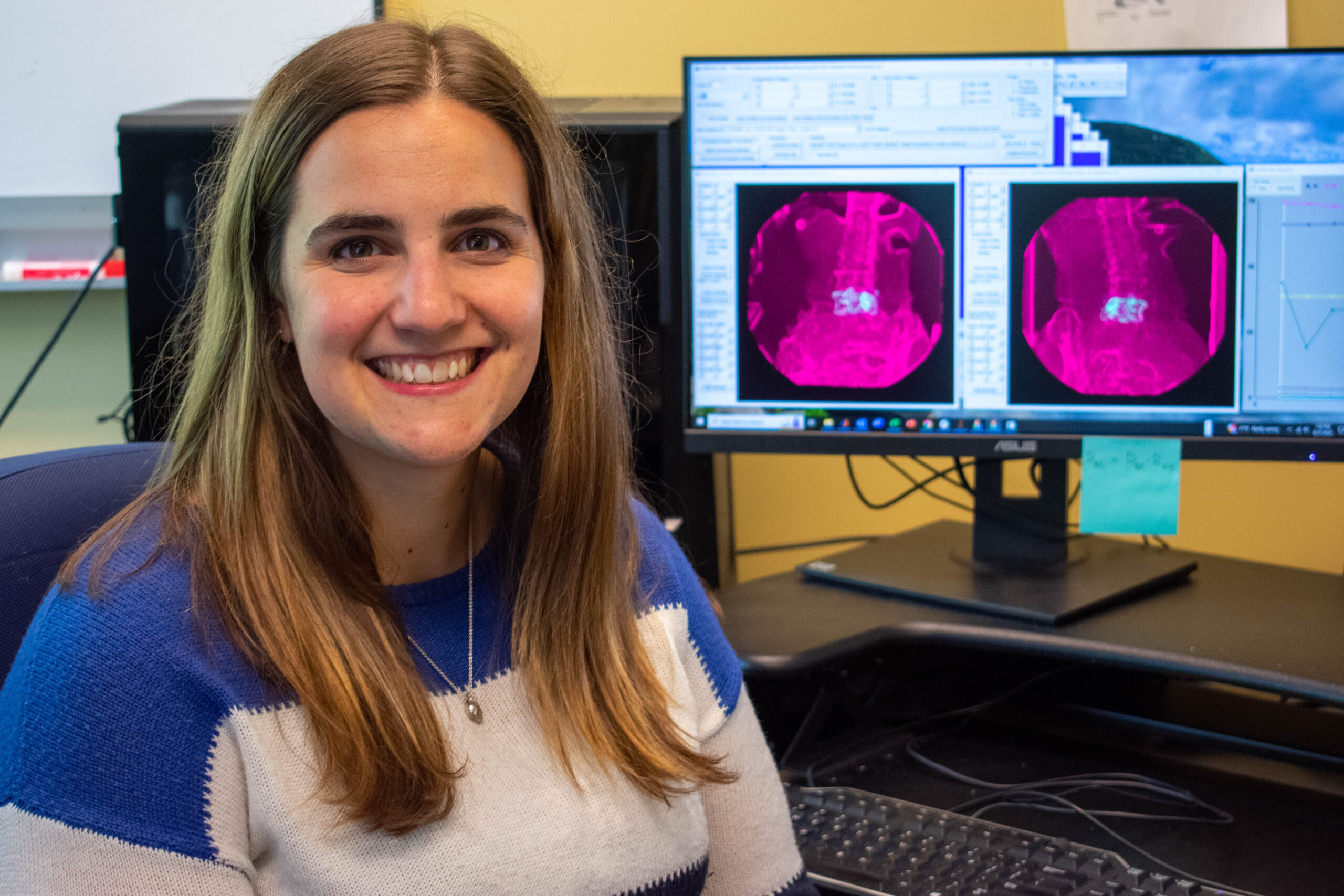Can you share a bit about your early life and what sparked your interest in research, medicine and orthopaedics/bioengineering?
I really have my parents to thank for gently (and sometimes not so gently) guiding me to where I am today. Growing up, we were always encouraged to play sports and be active, and this included my older sister who was born with spina bifida and is unable to move from the knees down. My parents never saw her disability as something that should hold her back in life, but instead as something that should help be a part of her dreams and goals. She regularly competed in various wheelchair sports games, and as her little sister, I often got to attend and cheer her on. Getting to see her and all her peers compete and live full, happy lives at such a young age, I was inspired to use the engineering brain my parents both fostered in me and my siblings to continue to better her life and others like her. When I became interested in medicine in high school, I wanted to set myself apart from the traditional pre-med majors of biology and chemistry, and bioengineering was the obvious choice, especially if I decided to pivot and go towards prosthetics and orthotics instead.
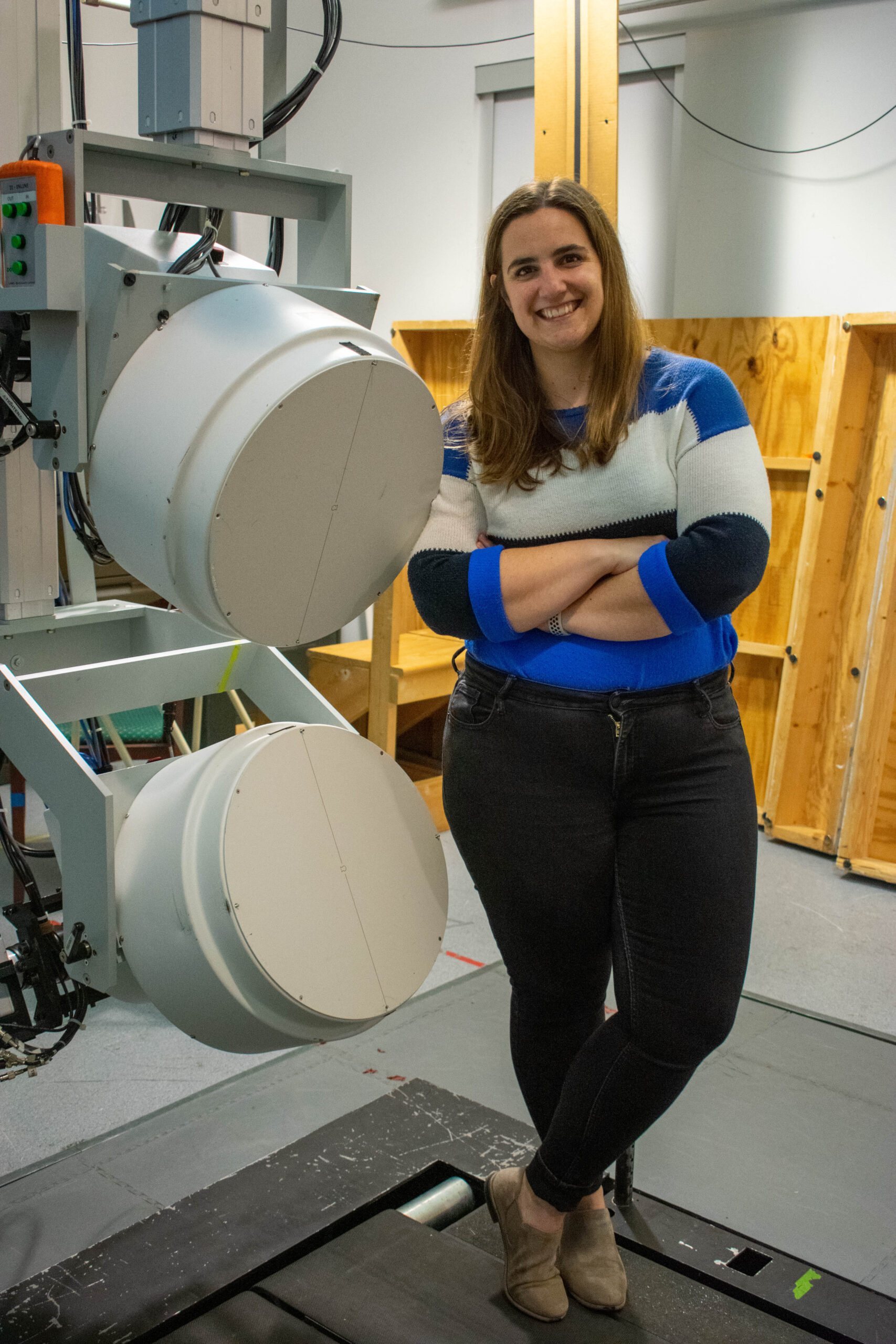
What were some pivotal moments or influences during your education that shaped your research interests?
The biggest influences for me that have shaped my research interests have been the mentors I have been fortunate enough to work with throughout my career. My advisor for my Master’s work, Dr. Michelle Sabick, began mentoring me when I was an undergraduate. Through her, I was introduced to the field of biomechanics research, and her guidance led me to gain the confidence to consider staying in the field as a full-time researcher. When I arrived at Pitt, Dr. Anderst was (and still is) an amazing mentor who has really pushed me to become the detail-oriented person I try to be today. Additionally, all the surgeons I’ve had the opportunity to collaborate with here, especially Dr. Lee, Dr. Donaldson, Dr. Shaw, Dr. Lin, and Dr. Hughes, have been incredibly influential in expanding my knowledge on orthopedics and the questions clinicians have with their work.
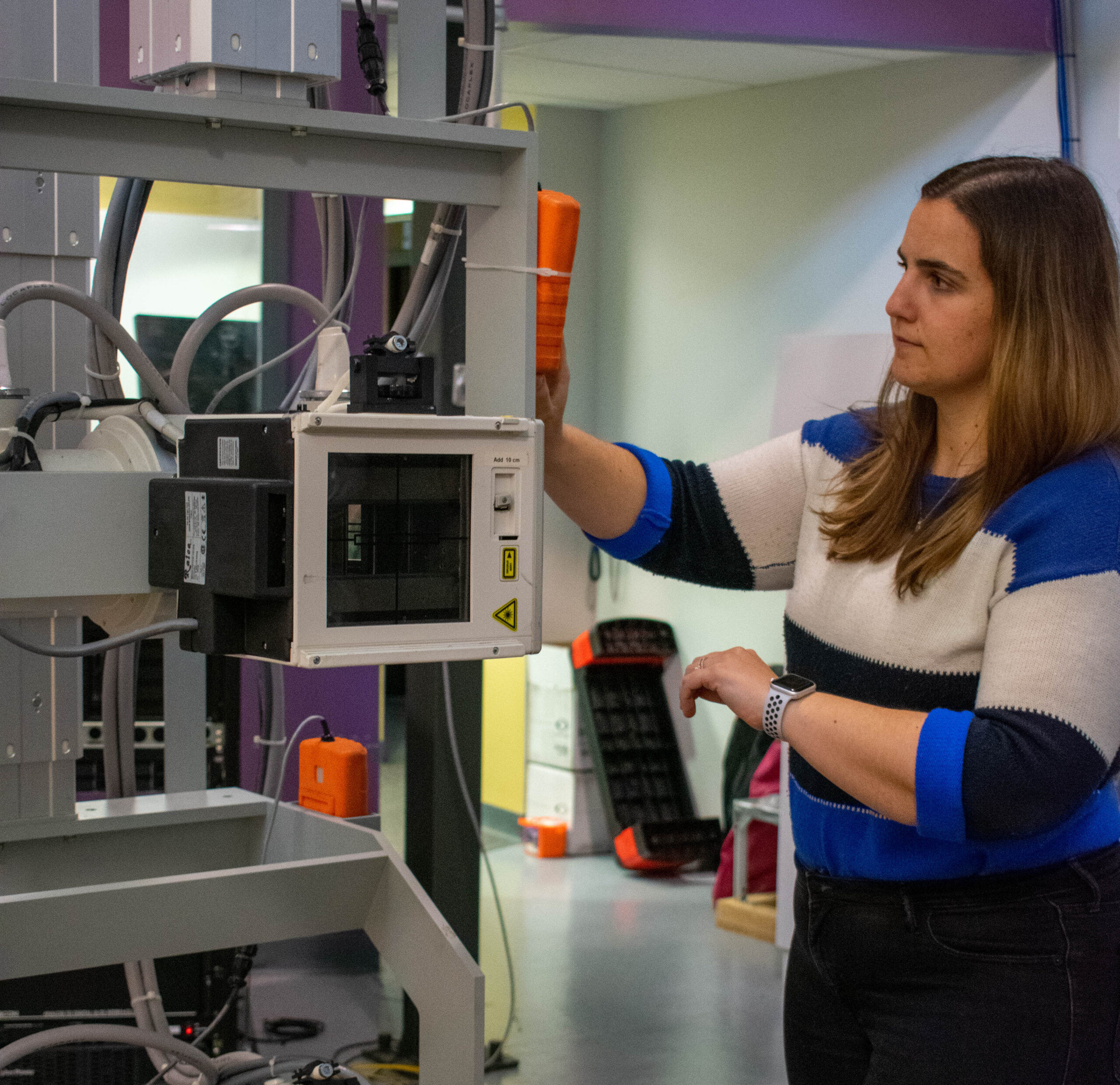
What were your initial career goals when you started your journey in research, and how have they evolved over time?
When I initially started, I wasn’t certain if I wanted to stay in research. There are not a lot of long-term roles for my education level in the traditional academic setting, and I wasn’t sure what my position would look like after a few years. However, there’s a certain efficiency and expertise that only comes with being in a role for an extended period, and I’ve started to notice just how important that is for continuing to keep the lab at the forefront of orthopedic research. All of this has guided me to delve into deeper and more complicated research questions as my experience continues to grow. In addition to building the expertise for myself, I’ve also learned just how much I enjoy getting to mentor others. Compared to the surgeons and lab PIs, my position allows for a more peer-focused, hands-on mentorship with the undergraduates, medical students, and residents that pass through the lab. I truly think that this kind of mentorship can be just as beneficial as the mentorship they receive from those with doctorates, so I want to make sure I continue to foster that throughout my career.
Could you provide an overview of your current role at the BMRC and responsibilities in your research position?
I am an Investigator with the BMRC, which helps to fund my role as a Research Engineer Supervisor in the Biodynamics Laboratory under the guidance of Dr. William Anderst, PhD. Our lab focuses on understanding and quantifying the complex movements of both the shoulder and spine to explore the relationships between dynamic joint function and joint disease, injury, age and treatment to improve diagnosis and care of orthopedic conditions. We engage computer models with the joint motion to understand how injury and surgery can affect loads on cartilage, ligaments and intervertebral discs, and how those changes in load may be related to the development of osteoarthritis and intervertebral disc degeneration.
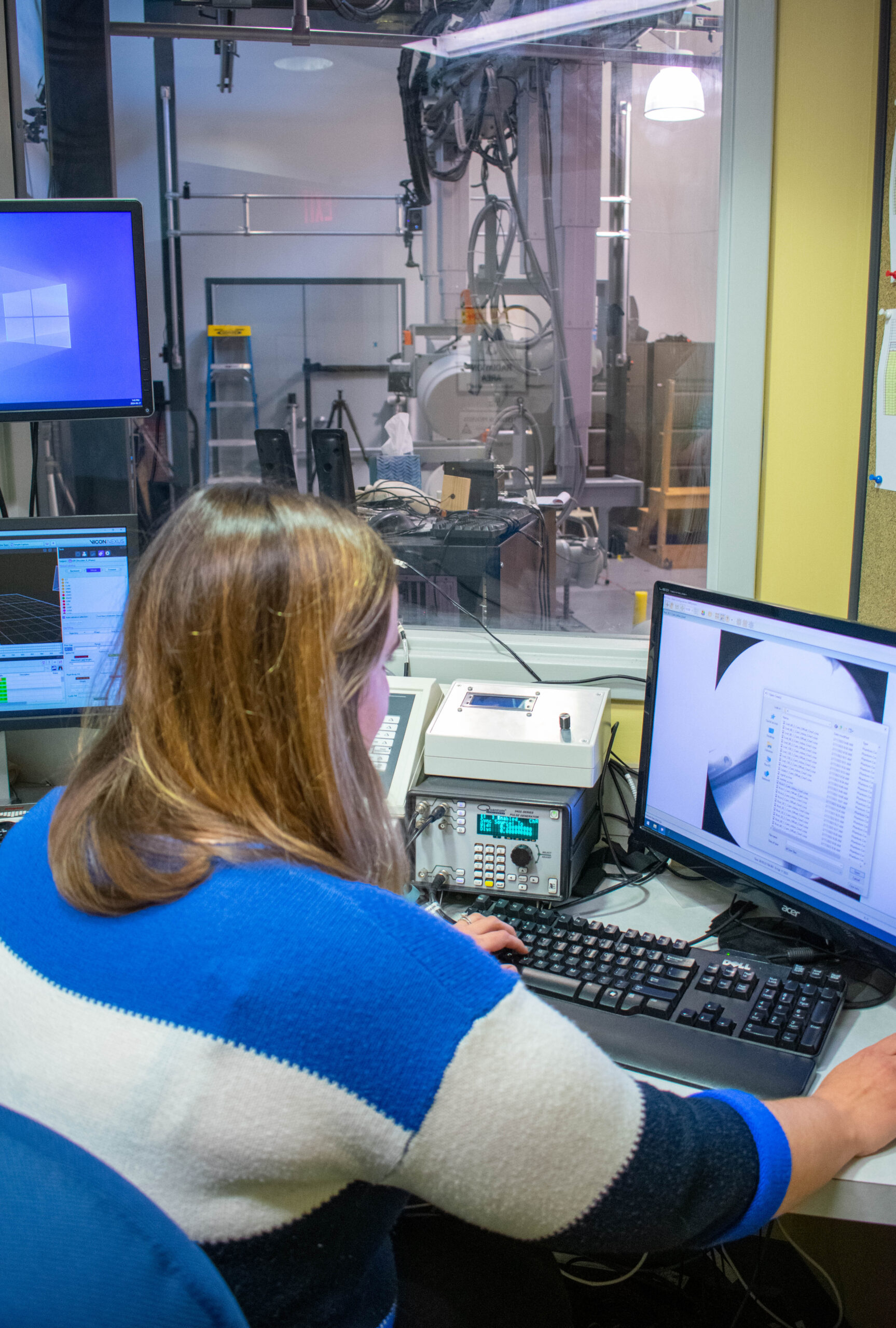
Research can be demanding. How do you maintain a balance between your professional and personal life?
Personally, I employ both long-term and short-term ways to help maintain that balance. Some of my short-term ways include developing hobbies such as running, biking, swimming, reading, and regularly scheduled time with friends that encourage me to stay focused throughout the day so I can leave work feeling a sense of accomplishment and be able to enjoy these activities in the evening.
In the long term, I’ve found there’s a natural ebb and flow in our lab and research. The summer tends to be the busiest season for us in the lab with the influx of students working full time and ORS abstracts being due in late August. Knowing this, I try to keep myself organized and acknowledge that there may be weeks where I need to put a few more hours in to help accomplish the goals set at the beginning of the summer. Then, in the less busy seasons, my husband and I like to travel, so we regularly take one to two weeklong vacations once or twice a year to help reset and reconnect.
Are there any recent developments or breakthroughs in your field that particularly fascinate you?
I’ve been really fascinated with the development of new ways to image and study soft tissue deformation in vivo. Most of our knowledge comes from either cadavers or computer models, but newer technologies, like radiopaque sutures, could allow for a better understanding of precisely what is occurring with the ligaments, tendons, intervertebral discs, etc. during movement.
One of the things I’d really like to explore as our datasets continue to expand is the associations between what we’re measuring in lab with what can easily be obtained in clinic: specifically creating and building models that can be used to make and support clinical decisions. I love being part of a basic science lab, but getting to do translational research is also very exciting and important.
